Martin Farr, Newcastle UniversityThe fortnightly magazine Private Eye turns 60 this year. When it launched, it helped initiate the “satire boom”, and, more profoundly, the increasing lack of deference those in positions of authority could expect from the press, television, and, consequently, the public.
One of the magazine’s most popular and longest features has been the prime ministerial parody. Commenting on the state of politics, it provides a potted political history of Britain.
The life and times of a Downing Street housewife
Though Harold Macmillan was prime minister when Private Eye appeared in 1961, and Alec Douglas-Home soon succeeded him, the first to become the subject of a regular satirical column was Harold Wilson.
Labour had won the 1964 general election invoking a “new Britain” to replace the old establishment constraining a country on the cusp of a technological revolution. Rather making the point for him, a new prime minister conspicuously northern of provenance and accent found himself immediately patronised by the Oxbridge public-school boys in London behind the magazine.
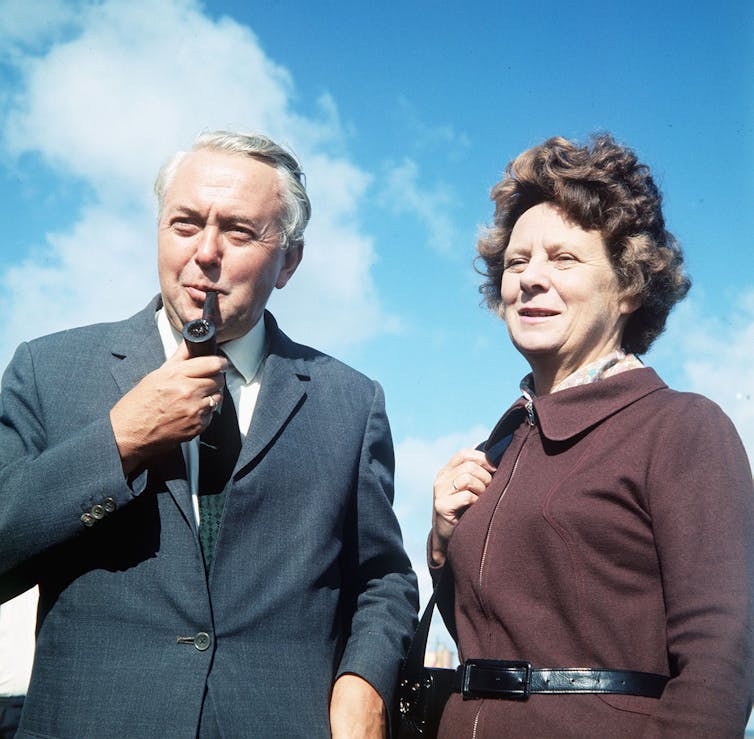
Trinity Mirror/Mirrorpix/Alamy
Mrs Wilson’s Diary was the idea of Peter Cook, the most prominent of them, partly inspired by the radio soap opera Mrs Dale’s Diary. The Wilsons’ 10 Downing Street was a household of mundane domesticity, of spam garnished with brown sauce, accompanied by Wincarnis sweet wine. In skewering Wilson’s provincialism, the column also connoted Britain’s rapidly diminishing international status.
In this way, Private Eye is, among other things, a unique example of conservatism and iconoclasm. It was born of the very establishment it was created to debunk. Its defining characteristic was to parody whoever is in power.
Wilson, who cultivated a pipe and a pint persona in public despite being a cigar and cognac man in private, could hardly complain – though complain he did, even intervening to censor the script when Mrs Wilson’s Diary was adapted into a West End play.
Tetchy Ted’s memo to Heathco staff
The Conservatives unexpectedly won the 1970 general election, and the new prime minister Edward Heath’s intention was to replace Wilson’s tired government of gimmicks and cronies with a gleaming, modern, almost corporate, administration.
But Private Eye presciently rendered Heathco as a struggling medium enterprise which duly collapsed alongside the increasingly tetchy managing director’s authority.
Callaghan: a blank space
A case can be made for the 1970s parodies being the best because it was the dottiest decade, replete with singular scandals and improbable conspiracies, many of which were brought to light in the Eye.
Perhaps the most damning aspect of Jim Callaghan’s beleaguered premiership was that it, alone, went without a parody. The comic strip The Brothers had to suffice, depicting the breakdown between the Labour government and the trades unions, the end of the post-war settlement and of corporatism.
The gripings of a golf-obsessed husband
The landmark incarnation of the parody began in 1979 with the landmark prime ministership of Margaret Thatcher.
Dear Bill, in which Thatcher’s spouse Denis wrote to his friend Bill (Deedes, a prominent conservative journalist), allowed for the comic exaggeration of a certain commuter-belt conservatism, centred on gin, tonic, golf, and reacting against all manner of modern norms. Private Eye could characterise the husband as comic because his wife was far from funny.
Suitably enough, it was the 1980s incarnation that was the most commercially-minded. The Dear Bill books were bestsellers, while audiences for the stage version Anyone for Denis? included the Thatchers, smiling unconvincingly.
Major growing pains
The shift in scale from Thatcher to her unprepossessing successor in 1990 had Private Eye cast him as an overgrown, and equally dynamic, Adrian Mole in The Secret Diary of John Major (aged 47¾).
With the widely-ridiculed Cones Hotline, which provided the public with means of redress about local traffic calming methods, a flagship policy, and the government descending into a pit of endemic corruption, the long Conservative era that was clearly ending was not unlike that of the early 60s which had occasioned the satire boom in the first place.
New Labour arrives in the parish
After 18 years of Tory rule, the column shifted from the stale to the sanctimonious in 1997, when Tony Blair’s proclivity to play guitar in overly-tight jeans inspired his depiction as a trendy vicar addressing his congregation in the St Albion Parish News.
Reverend Blair issued updates from officials such as church warden Peter Mandelson, in charge of the Millennium Tent on the village green, and from his American friend George Bush’s “Church of the Latter-Day Morons”.
Ten years later, the Prime Ministerial Decree presented Gordon Brown as a Stalin-like dictator. It was effective for no other reason than that his hapless regime showed him to be anything but Stalin-like. An appropriately narrow, joyless, iteration.
2000s: Dave and Theresa’s school days
The 2010s was a decade of scholasticism. The first multi-party government since 1940 had David Cameron as headmaster of the New Coalition Academy, the fortnightly newsletter of which foregrounded his voguish headline educational reform.
When Cameron happily shed his Liberal Democrat partners after the 2015 election, the magazine appointed him head of the even more voguish Cameron Free School, penning another newsletter.
Mr Cameron was unfortunately soon made to resign by a disaster of his own making (Brexit), and his successor, Mrs May, took over as headmistress of St. Theresa’s Independent State Grammar School for Girls (and Boys) for two painful years before she was unfortunately made to resign by a disaster of hers (Brexit).
The Johnson years: beyond a joke?
In its sixty years, the parody has taken the form of private musing or public communication. But to work it had to be plausible.
The best that can be said of the latest version, in which the Prime Minister responds to questions from the public on social media, is that Boris Johnson’s Live on Fakebook is so like its subject that, depending on one’s disposition, it’s either unmissable or unreadable.
The purpose of the Private Eye prime ministerial parody was to render its subject unserious. When the subject manages that all by themselves, satire might be seen to have died.![]()
Martin Farr, Senior Lecturer in Contemporary British History, Newcastle University
This article is republished from The Conversation under a Creative Commons license. Read the original article.

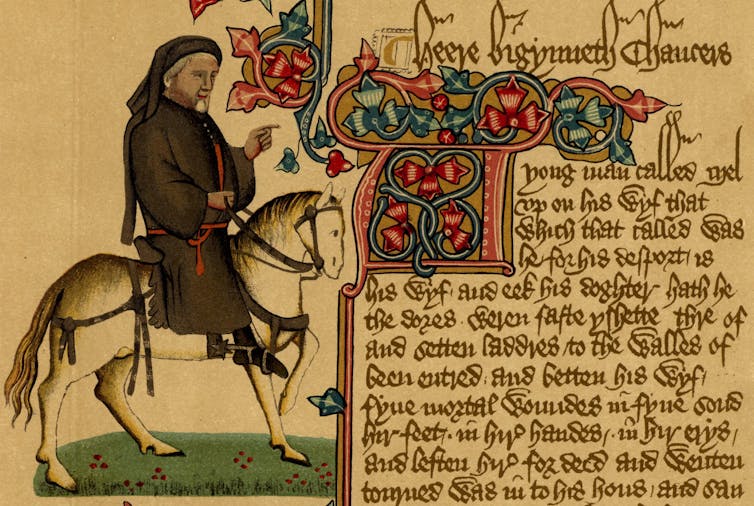
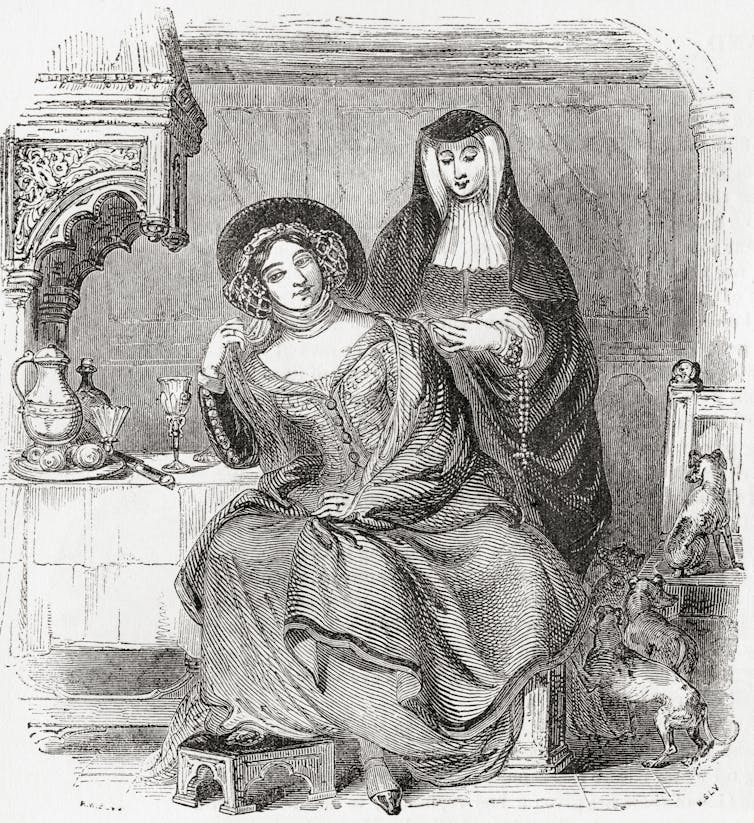
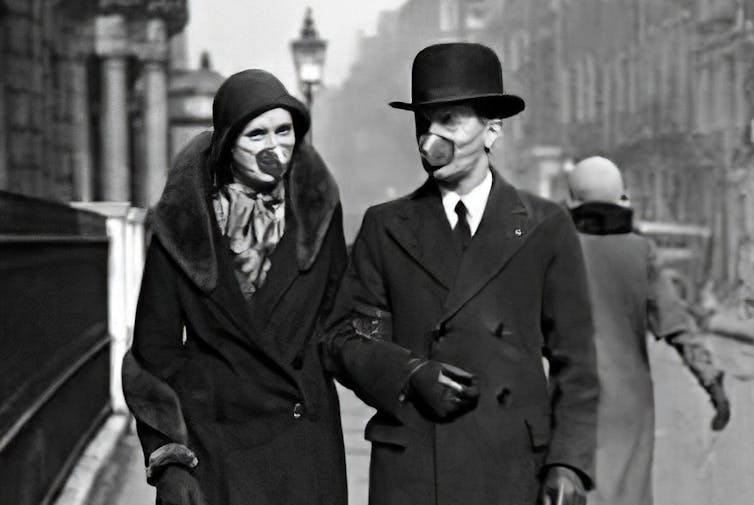
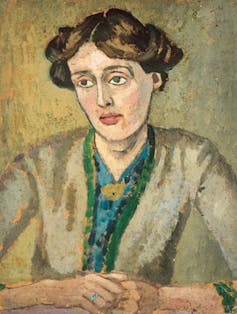
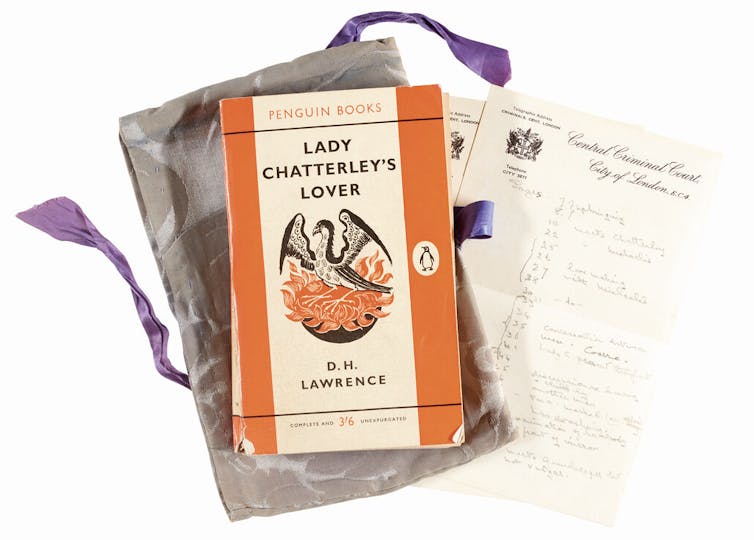

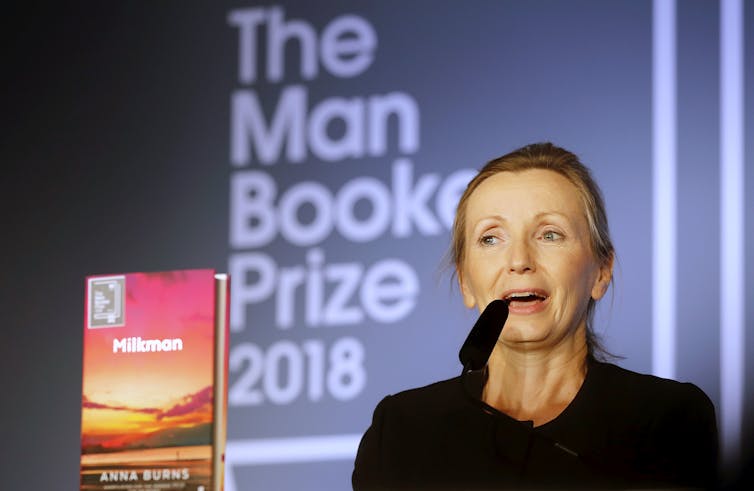
You must be logged in to post a comment.